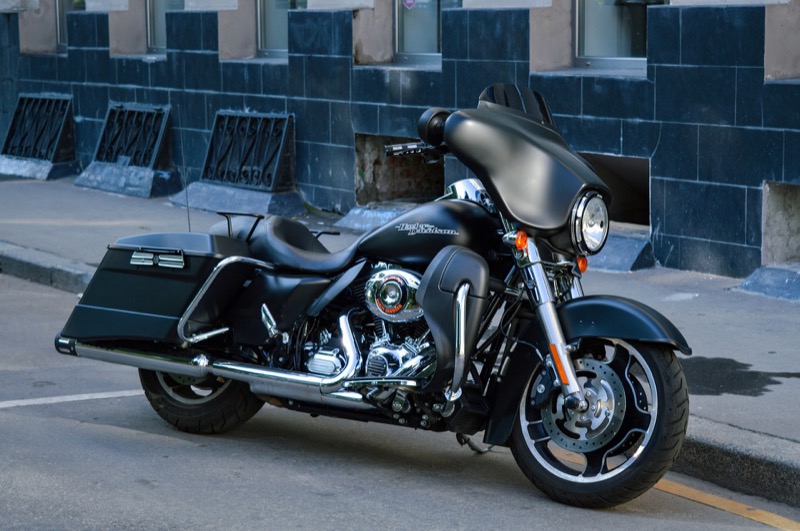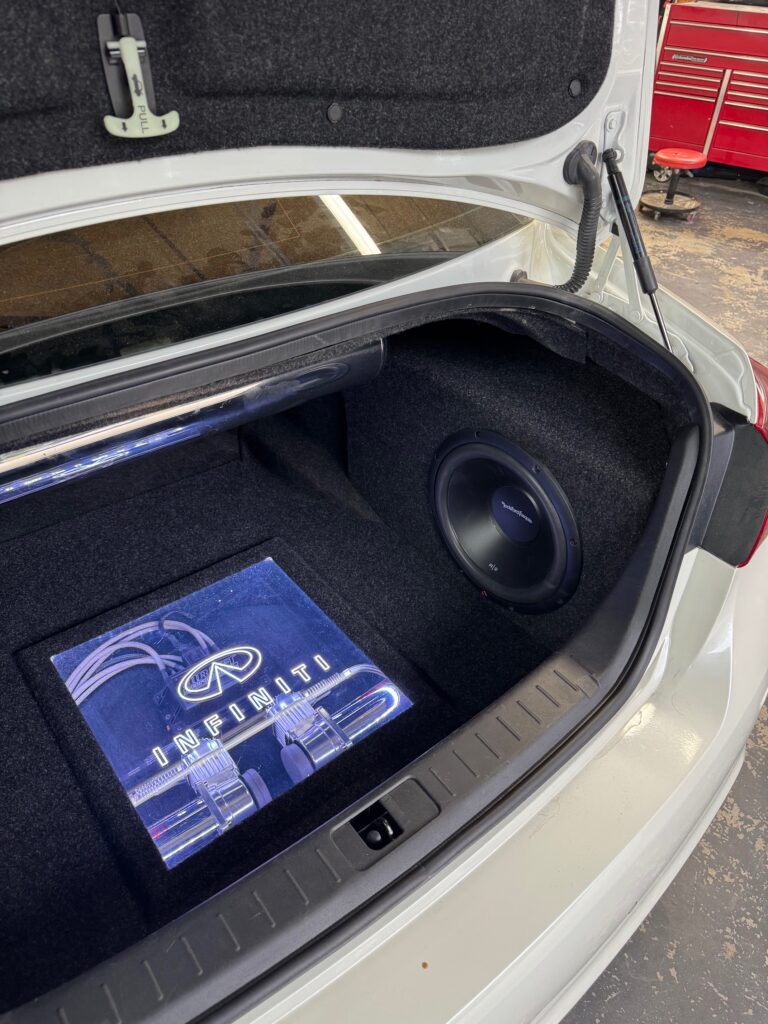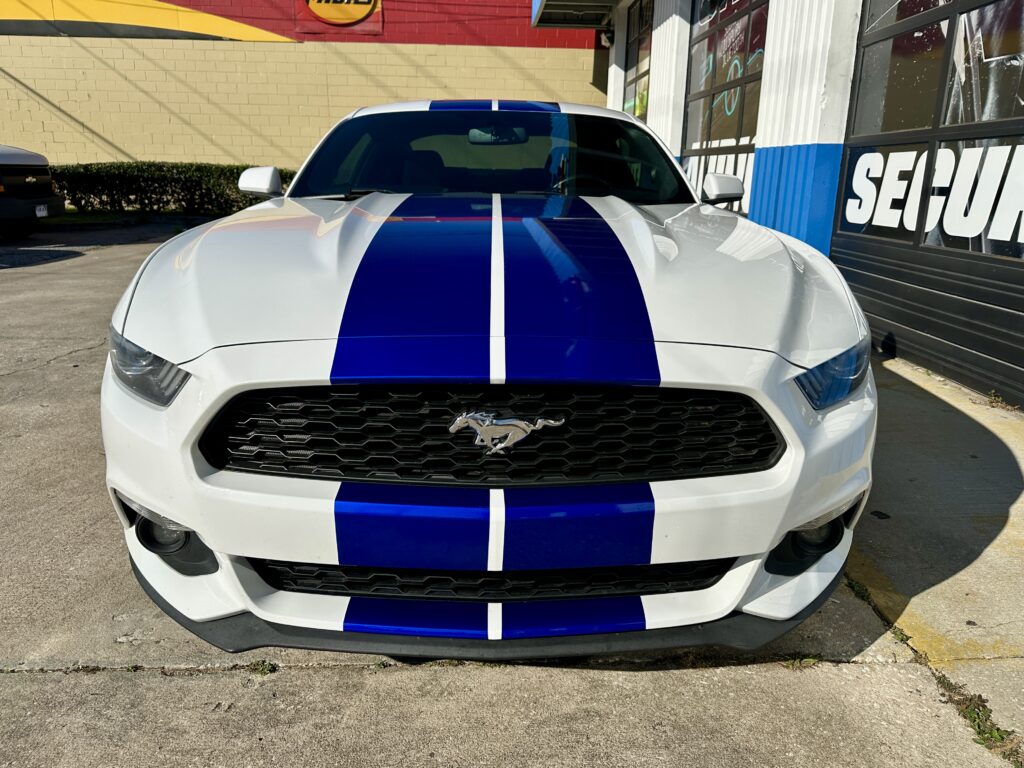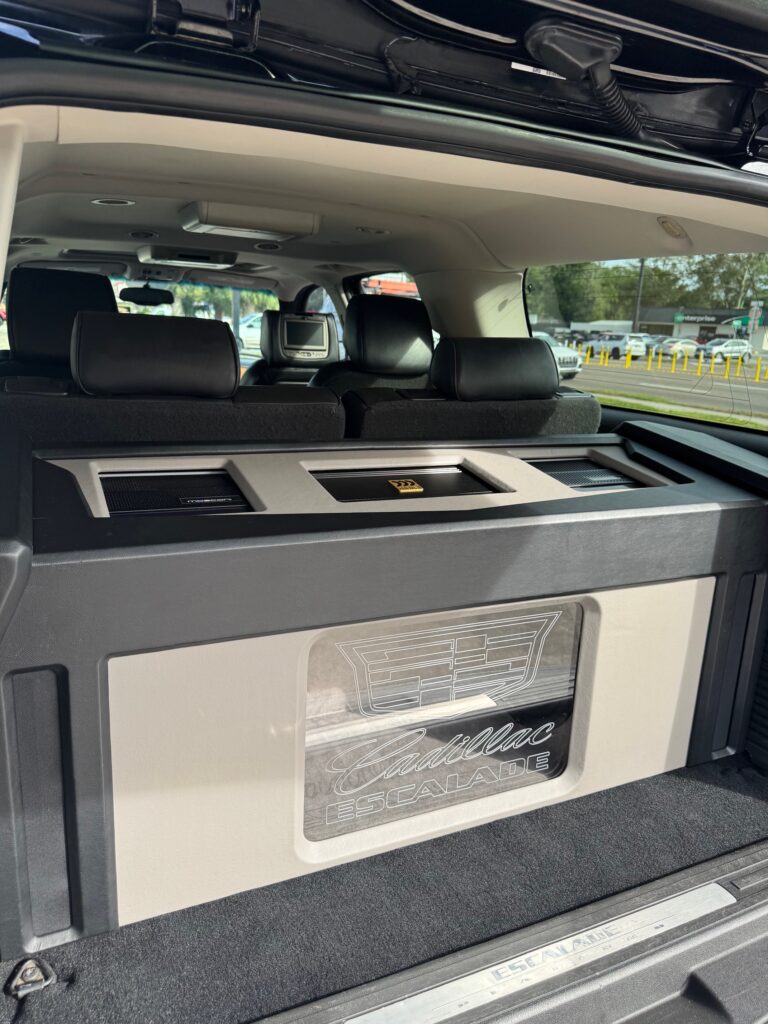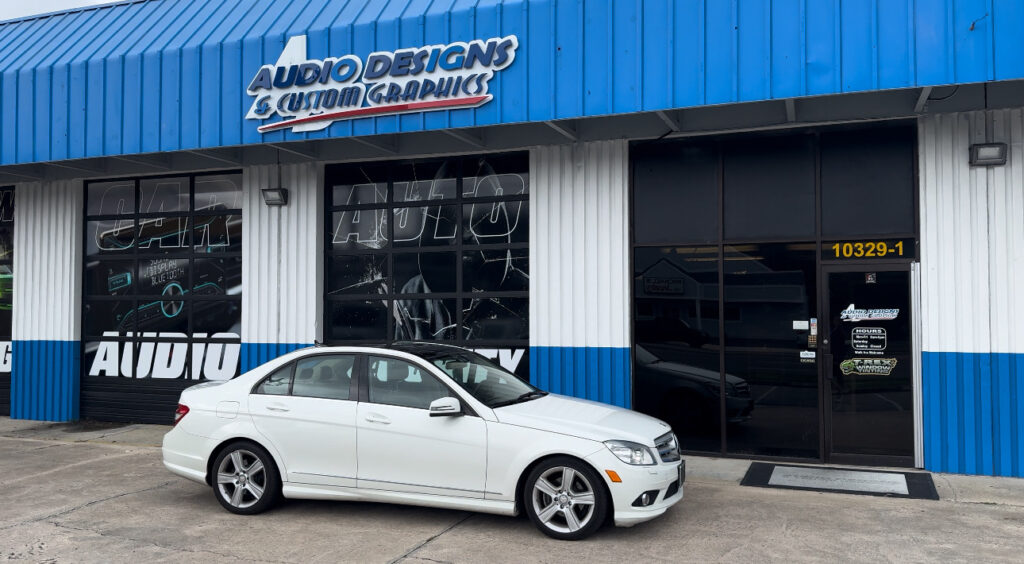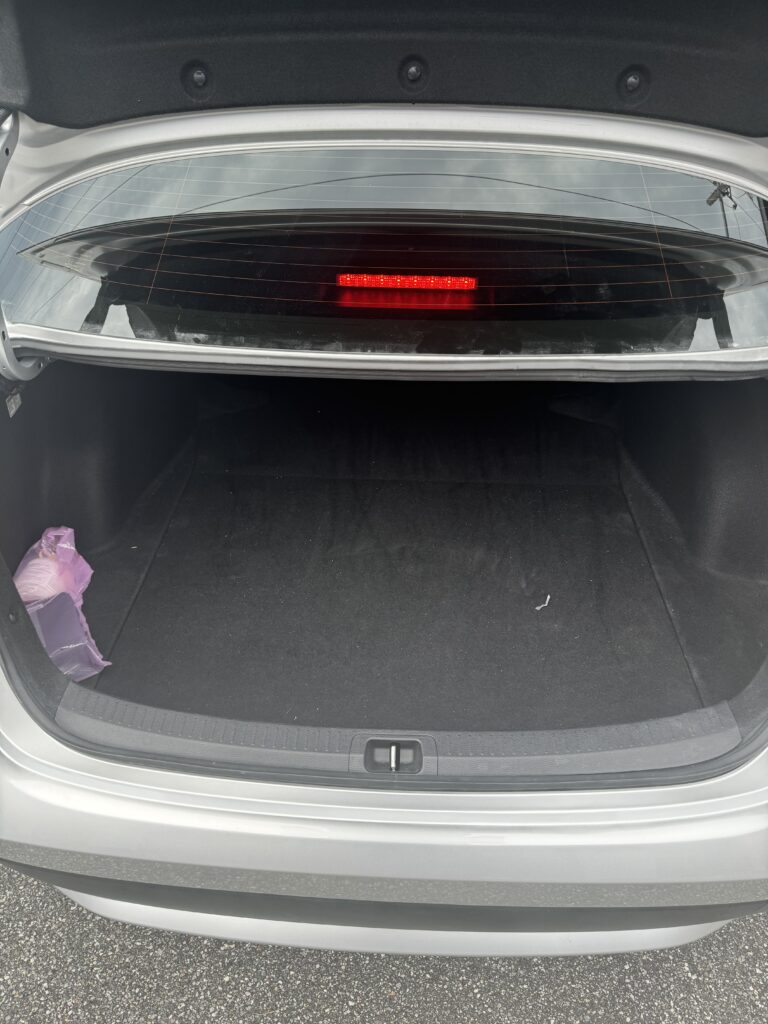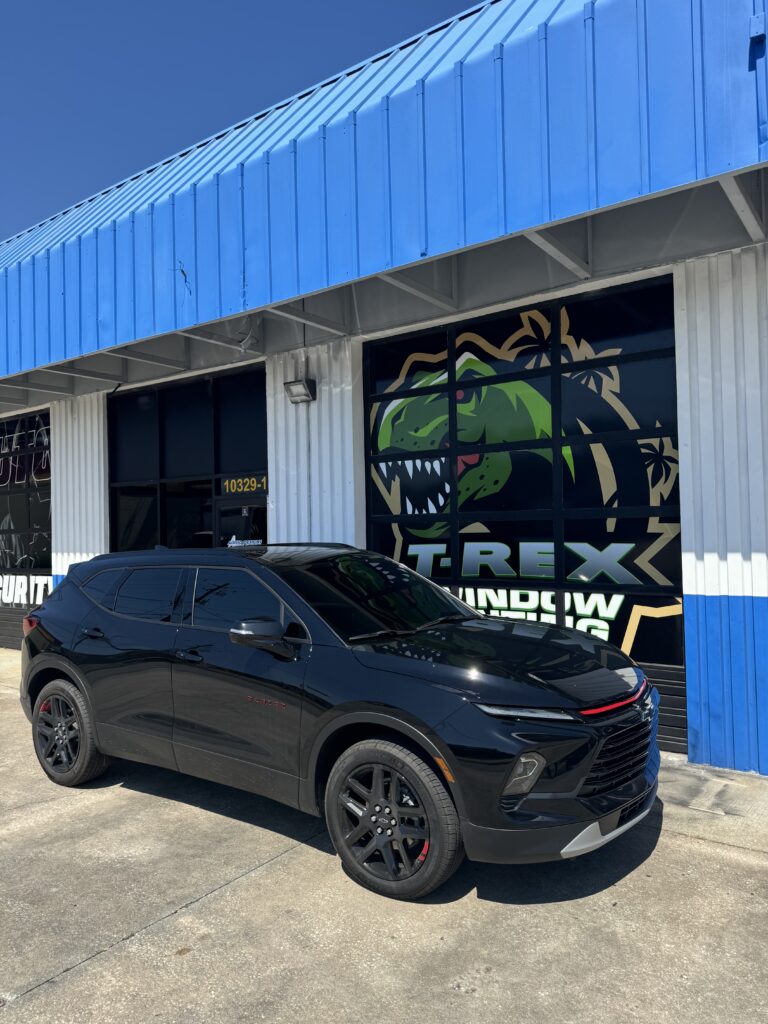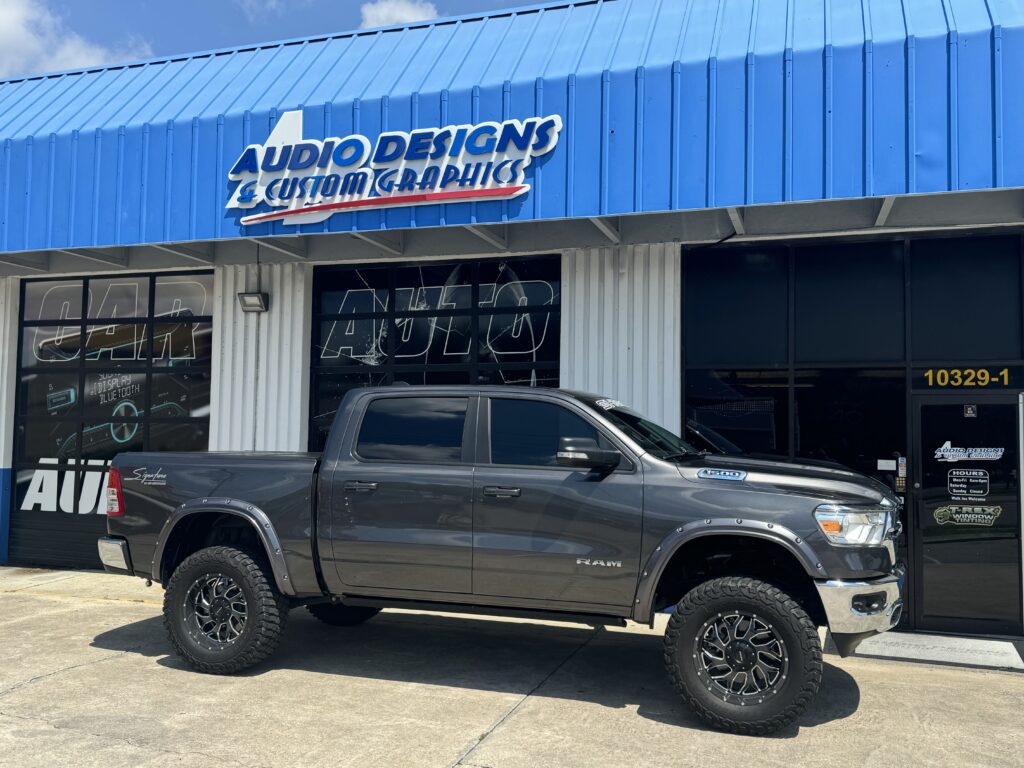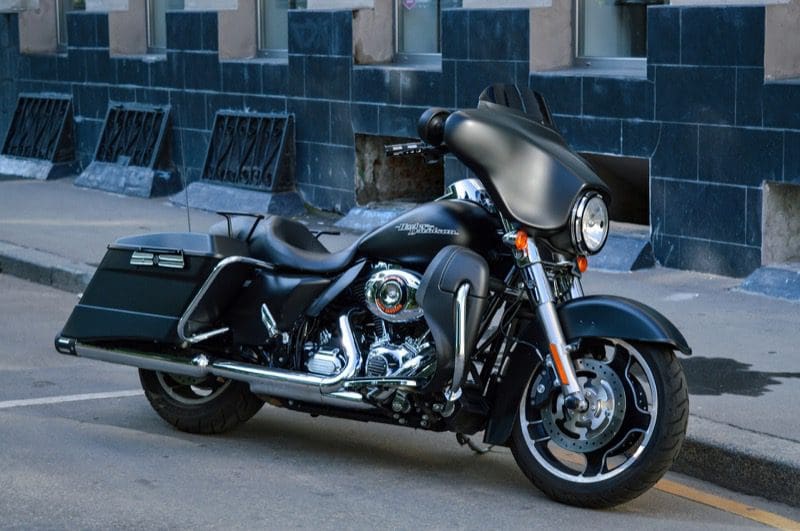 It’s the middle of the summer, and motorcycle enthusiasts are on their way to the Sturgis Rally for 10 days of music, food and motorcycle fun. One of the fastest growing categories in the mobile electronics industry has been motorcycle audio upgrades. In this article, we’ll provide a few tips and suggestions to ensure that your investment in new audio equipment for your bike will last you for years and sound great.
It’s the middle of the summer, and motorcycle enthusiasts are on their way to the Sturgis Rally for 10 days of music, food and motorcycle fun. One of the fastest growing categories in the mobile electronics industry has been motorcycle audio upgrades. In this article, we’ll provide a few tips and suggestions to ensure that your investment in new audio equipment for your bike will last you for years and sound great.
Where to Buy Motorcycle Audio Upgrades
 We can’t even fathom the number of audio system upgrades we see installed at big meets and rallies like Daytona, Sturgis, Laconia and Myrtle Beach. While leaving your pride and joy with the guys in a booth or trailer to upgrade your stereo while you grab lunch or dinner sounds incredibly convenient, occasionally long-term issues dramatically reduce the value of this purchasing option.
We can’t even fathom the number of audio system upgrades we see installed at big meets and rallies like Daytona, Sturgis, Laconia and Myrtle Beach. While leaving your pride and joy with the guys in a booth or trailer to upgrade your stereo while you grab lunch or dinner sounds incredibly convenient, occasionally long-term issues dramatically reduce the value of this purchasing option.
After-Sale Service
Whether you buy a new radio, a set of speakers, an amplifier or a complete audio upgrade solution, those products are backed by a manufacturer’s warranty against failure due to defects. In most cases, if you get a little overzealous with the volume control and damage a speaker, these manufacturers will typically provide you with a replacement. You will need to provide a receipt showing that the products were purchased from and installed by an authorized dealer to get that replacement.
If you have questions or concerns about the system a week after the show, who is going to help you out? What if there is a buzz or rattle from one of the speakers? Is it the installation? Is it a damaged or defective speaker? Working with a store that you can go and visit for help can save a lot of headaches.
Audio System Tuning and Configuration
In the case of any worthwhile motorcycle audio upgrade, you are going to need an amplifier to drive the speakers so that they will play loudly enough to drown out your “loud pipes save lives” exhaust system. Unless the amplifier is specifically designed for the exact make and model of bike you own, it has to be set up properly to ensure you won’t damage your new speakers. Mobile electronic specialist retailers operating from a brick-and-mortar location typically have tools like oscilloscopes or a distortion detector to make sure the system is configured properly. Setting up an amplifier is a very important step and is often overlooked. If you can’t turn your audio system up to at least 85 percent of the maximum volume, it wasn’t set up correctly.
Motorcycle Care and Protection
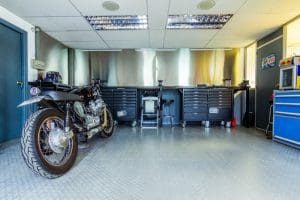 When you pull up to a shop to have your motorcycle audio system upgraded, you can be assured that the bike will be treated like royalty when it’s in their possession. A quality shop will have a storage rack covered in carpet or a blanket for your fairing, saddlebags, windshield or any other delicate parts that need to be removed to upgrade the bike. Many shops apply protective films over painted surfaces like fuel tanks and bumpers. We’ve heard stories where a scratch on a CVO Harley gas tank cost more than $1,000 to repair. Working outdoors doesn’t always provide the space to protect your bike from damage.
When you pull up to a shop to have your motorcycle audio system upgraded, you can be assured that the bike will be treated like royalty when it’s in their possession. A quality shop will have a storage rack covered in carpet or a blanket for your fairing, saddlebags, windshield or any other delicate parts that need to be removed to upgrade the bike. Many shops apply protective films over painted surfaces like fuel tanks and bumpers. We’ve heard stories where a scratch on a CVO Harley gas tank cost more than $1,000 to repair. Working outdoors doesn’t always provide the space to protect your bike from damage.
Depending on the components you choose for your audio system upgrade, the shop may have to fabricate a mounting bracket or adapter. With your bike in their installation bay, they can go back and forth between the wood shop or fabrication area, so they don’t have to “build” parts near your bike.
Wiring and Hardware Attention to Detail
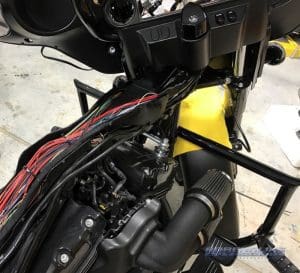
Motorcycles produce a lot of vibrations while cruising down the interstate or idling at a traffic light. This intense motion can wreak havoc with electrical connections that aren’t both mechanically secure and properly protected. Look for a shop that ensures each connection is made in a way that offers a solid physical joint between the two wires. Twisting and taping electrical connections is not recommended, and quick-connects like 3M Scotchloks can cause wires to break and systems to malfunction. Most shops choose to solder connections and wrap them in high-quality vinyl electrical tape or protect them with heat-shrink tubing. Once the connections are complete, the wiring is bundled together neatly and made into a harness with zip ties or automotive grade cloth and fleece tapes. If the audio installation doesn’t look like it is something that rolled off the manufacturer’s assembly line, you’ll want to get it checked.
Two other important factors when it comes to motorcycle sound system upgrades are reliability and serviceability. If speakers need to be to screwed into mounting adapters, the shop should be using stainless-steel hardware so that the fasteners won’t rust. If you have added speakers to a saddlebag, there should be a service loop or electrical connector in the system so that you or your mechanic can remove the bag for service without having to cut or undo any wiring.
Choosing Motorcycle Audio Equipment
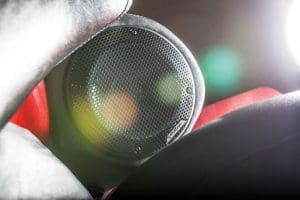
There are hundreds of brands in the mobile electronics industry. About a dozen of them produce speaker solutions designed specifically for motorcycle applications. When you go shopping for speakers, you will want to choose a solution that not only sounds great, but that will last. Motorcycles aren’t like cars or trucks. The speakers are directly exposed to the harsh UV energy from the sun and, if they aren’t constructed from the right materials, will dry out and crack. Look for speakers with water- and UV-exposure compatible materials, so you know your investment will last.
Factory Radio Integration Options
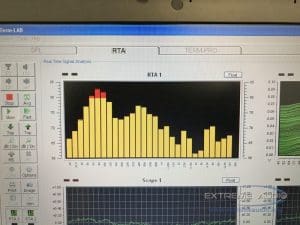
The 2014 and newer Harley-Davidson Boom! Box infotainment system has a lot of features. It also happens to have an elaborate equalizer built into it that changes based on the number of speakers and the exact features of the audio system you choose. When you upgrade the factory H-D speakers to something that sounds better and handles more power, that factory-selected equalization curve works against you and in most cases, the system sounds worse instead of better.
There are two options for dealing with factory-installed Harley source units. The installation technician in a quality shop will have a module that allows them to reflash your radio to an EQ option that offers a smooth and natural response. A second option and one that offers even more flexibility regarding the final performance of the audio system is to include a compact digital signal processor (DSP) in the system design. The installation technician can compensate for the factory EQ curve AND fine-tune the performance of your sound system to suit your listening preferences. If you opt for the DSP route, the installer will need to set up a microphone to tune the audio system. The background noise at a meet or rally would make this process impossible.
Spend Your Money Wisely
One last thought on audio system upgrades for any application. We have different budgets and different listening preferences. With that said, better products almost always sound better. This doesn’t mean you have to spend thousands of dollars upgrading your speakers and amplifiers, but we recommend avoiding stop-gap purchases that will “last until you can afford something better.” Spend your money once on good equipment and it will serve you for years and years.
We hope you have learned something from this article. Now, get off your phone or computer, hop on your motorcycle and take a ride over to your local mobile enhancement retailer and ask them about upgrading your audio system. If you plan things properly, you’ll have a great audio system to enjoy on the ride TO the next meet or rally.
Sturgis photo By Chris Heald (Sturgis) [CC BY 2.0 (https://creativecommons.org/licenses/by/2.0) or CC BY 2.0 (https://creativecommons.org/licenses/by/2.0)], via Wikimedia Commons
This article is written and produced by the team at www.BestCarAudio.com. Reproduction or use of any kind is prohibited without the express written permission of 1sixty8 media.

